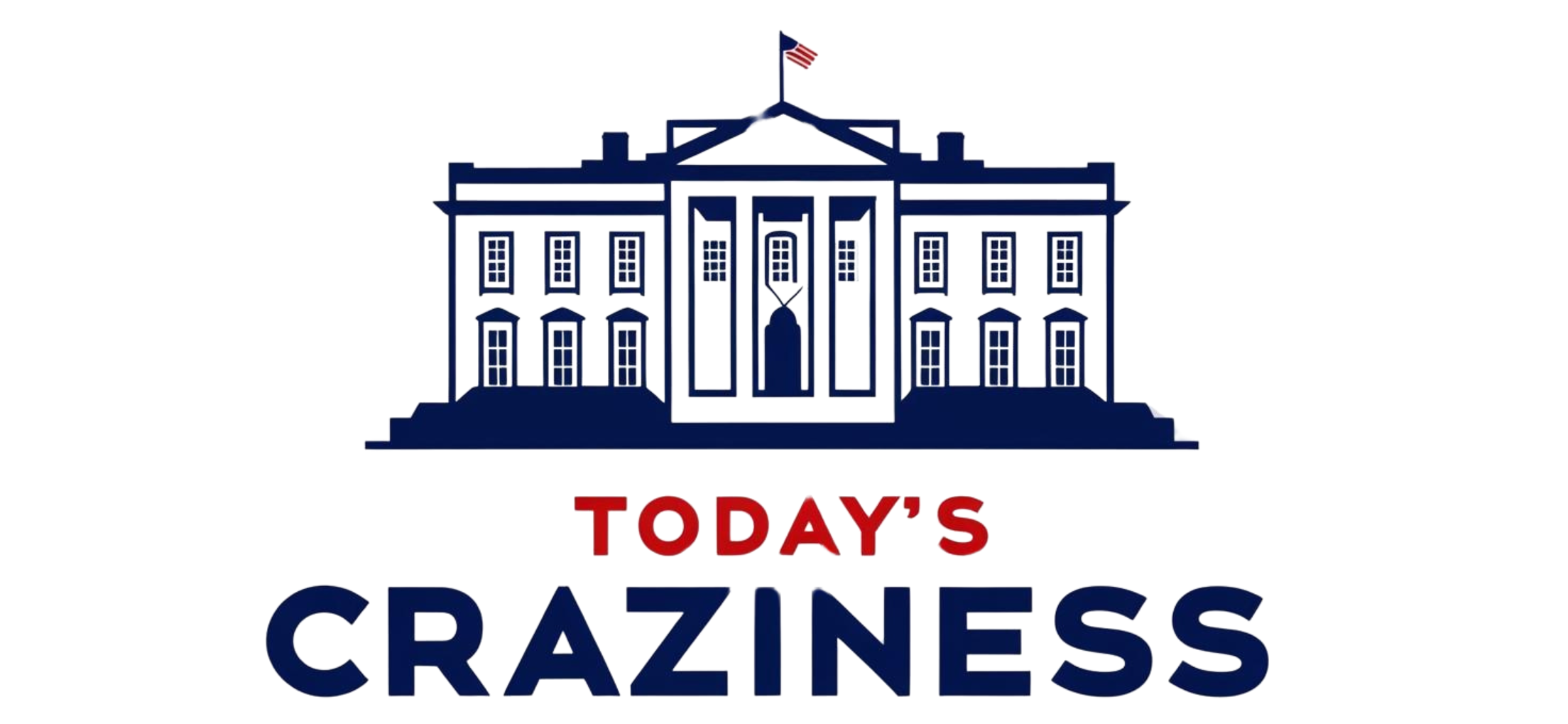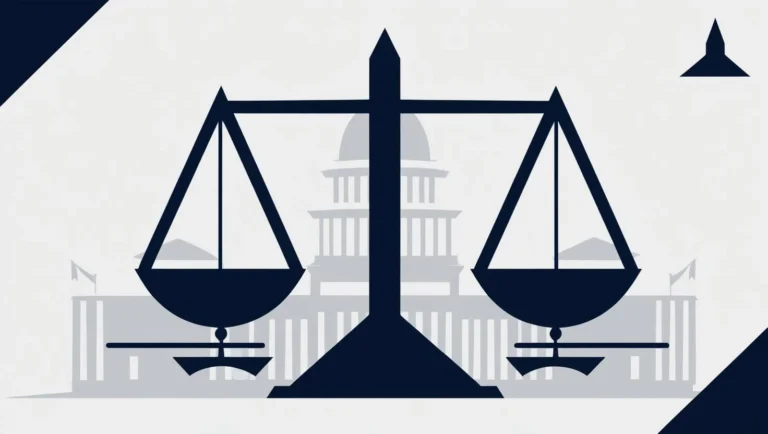Congress struggles to deliver Trump’s promises as Republican factions clash and major legislation stalls. Leaders race to repeal regulations, accelerate judicial confirmations, and defend party unity against internal rebellion. Early victories prove fleeting, while historic power struggles reshape the legislative landscape and reveal deep fractures beneath the surface.
Introduction
The opening months of Donald Trump’s presidency were not only a test for the executive branch but also a defining period for the 119th United States Congress. With Republicans holding majorities in both the House of Representatives and the Senate, there was an expectation—both within Washington and across the nation—that Trump’s legislative agenda would advance quickly and with relative ease.
However, the first 100 days revealed a more complex reality. Factional divides, procedural hurdles, and early political missteps slowed the Republican legislative machine. Drawing from official congressional records, first-hand reports, and government publications, this section explores how Congress navigated the challenges of governing under a newly unorthodox president.
The Congressional Landscape: Leadership and Organization
When the 119th Congress convened on January 3, 2025, the political alignment favored Republicans:
- Senate: 52 Republicans, 46 Democrats, 2 Independents (both caucusing with Democrats)1.
- House of Representatives: 234 Republicans, 201 Democrats2.
Leadership positions were filled as expected:
- Speaker of the House: Mike Johnson (R-LA)
- Senate Majority Leader: John Thune (R-SD)
- House Majority Leader: Steve Scalise (R-LA)
Initial House resolutions, such as H.Res.5 setting the rules for the 119th Congress3, included streamlined procedures intended to fast-track Trump’s priorities. Early Senate organizational activity centered around committee assignments critical to vetting Trump’s Cabinet nominees4.
Confirmations: Speed and Strain
One of Congress’s primary responsibilities early in a new presidency is confirming executive appointments. According to Senate.gov5, the Trump administration’s confirmations by the 100-day mark were notable for their speed relative to prior administrations, especially given partisan tensions.
- Neil Gorsuch’s Supreme Court confirmation: The most consequential confirmation battle of the early period. Gorsuch was confirmed on April 7, 2025, after Senate Republicans invoked the “nuclear option,” changing filibuster rules for Supreme Court nominees to a simple majority6.
Other Cabinet confirmations were marked by party-line votes, with Democrats often objecting on ethical or policy grounds, but ultimately unable to block most of Trump’s selections due to Republican numerical advantages.
Major Legislative Initiatives
Despite Republican control, Congress struggled to pass major legislation during Trump’s first 100 days. Key efforts included:
1. American Health Care Act (AHCA) – Repealing the Affordable Care Act
House Republicans introduced the AHCA in March 2025 as the cornerstone of their efforts to repeal and replace the Affordable Care Act7.
- The AHCA aimed to dismantle the individual mandate, roll back Medicaid expansion, and introduce age-based tax credits.
- The legislation passed through several committees, including Ways and Means and Energy and Commerce8.
- However, opposition from both the conservative Freedom Caucus and moderate Republicans forced leadership to pull the bill from consideration on March 24, 20259.
Speaker Johnson admitted during a press conference: “We are going to be living with Obamacare for the foreseeable future,” highlighting the profound difficulty in uniting the Republican conference10.
2. Congressional Review Act (CRA) Usage
One area where Congress found significant early success was using the Congressional Review Act to nullify Obama-era regulations11.
By the 100-day mark:
- 14 Obama-era regulations had been repealed using CRA resolutions12.
- This represented the most extensive use of the CRA since its enactment in 1996.
- Notable repeals included rules on internet privacy (FCC regulations) and environmental protections tied to coal mining13.
The CRA victories were critical for Trump’s promise of deregulation and were signed into law promptly after passage.
Party Divisions and Political Factions
Despite theoretical ideological alignment, Republicans quickly found themselves internally divided.
- Freedom Caucus (approximately 40 hardline conservatives) frequently clashed with leadership, insisting on deeper spending cuts and broader rollbacks of federal authority14.
- Tuesday Group (moderate Republicans), on the other hand, resisted proposals that could harm Medicaid beneficiaries or destabilize insurance markets15.
The divisions were so severe that even with Republican control, leadership often needed to negotiate separately with each faction to secure votes.
Senate dynamics were similarly fraught. Moderate Republicans like Susan Collins (R-ME) and Lisa Murkowski (R-AK) emerged as key swing votes, especially on health care and immigration matters16.
Legislative Highlights and Procedural Shifts
Other notable congressional actions included:
- Legislation targeting sanctuary cities: The House passed the “No Sanctuary for Criminals Act” in March 202517, but the bill stalled in the Senate.
- The Department of Veterans Affairs Accountability and Whistleblower Protection Act: Passed overwhelmingly, providing new tools for removing underperforming VA employees18.
- Defense Spending Authorization: Early groundwork laid for a major military budget increase, aligning with Trump’s national security promises19.
Procedurally, the Senate’s invocation of the “nuclear option” for Supreme Court confirmations signaled a major shift in Senate traditions and set the stage for future partisanship in judicial appointments6.
Congressional Investigations
In addition to legislation, Congress initiated several investigations during this period:
- House Judiciary and Oversight Committees began inquiries into Department of Justice actions surrounding immigration enforcement20.
- Senate Intelligence Committee launched preliminary inquiries into election security and foreign interference concerns21.
These investigations, though in early stages during the first 100 days, would eventually grow into major focal points later in Trump’s presidency.
Congressional Relations with the White House
The Trump administration’s relationship with Congress during the first 100 days was marked by both cooperation and growing friction.
- Trump initially deferred heavily to Speaker Johnson and Majority Leader Thune to move key legislation22.
- However, after the AHCA’s failure, Trump criticized Congress publicly during an April 1, 2025, speech in Harrisburg, PA: “Congress needs to remember that the American people didn’t elect them to sit on their hands.”23
Private reports, later published through C-SPAN interviews, indicated growing frustration among congressional Republicans who felt blindsided by some White House policy shifts, particularly on trade and foreign policy24.
Public Reception and Media Coverage
Public opinion of Congress remained deeply polarized.
- According to Pew Research Center polling released April 28, 2025, only 29% of Americans approved of Congress’s job performance25.
- Disapproval was driven by perceived dysfunction, failure to deliver legislative victories, and growing public disillusionment with Washington partisanship.
Mainstream reporting by AP and Reuters reflected a broad consensus that, while Trump had initiated a wave of executive activity, Congress had yet to produce commensurate legislative achievements26.
Footnotes
- U.S. Senate, Membership Roster for the 119th Congress, January 2025, ET. Link ↩
- Clerk of the U.S. House of Representatives, House Membership, January 2025, ET. Link ↩
- H.Res.5, Adopting Rules for the 119th Congress, January 3, 2025, ET. Link ↩
- Senate Committee Assignments, 119th Congress, January 2025, ET. Link ↩
- Senate Roll Call Votes, Confirmation Tracker, January–April 2025, ET. Link ↩
- Senate Vote 109, Invoking the Nuclear Option for Supreme Court Confirmations, April 6, 2025, ET. Link ↩ ↩2
- H.R. 1628 (American Health Care Act of 2025), March 6, 2025, ET. Link ↩
- House Energy and Commerce Committee Markup, March 8, 2025, ET. Link ↩
- Speaker’s Announcement Pulling AHCA Vote, March 24, 2025, ET. Link ↩
- Mike Johnson Press Conference Transcript, March 24, 2025, ET. Link ↩
- Congressional Review Act Reports, March–April 2025, ET. Link ↩
- Federal Register, CRA Actions 2025, ET. Link ↩
- H.J.Res.86 (Repeal of FCC Broadband Privacy Rules), April 3, 2025, ET. Link ↩
- House Freedom Caucus Official Statements, March 2025, ET. Link ↩
- Tuesday Group Caucus Statements, March 2025, ET. Link ↩
- Senate Statements, Collins and Murkowski, April 2025, ET. Link ↩
- H.R. 3003, “No Sanctuary for Criminals Act,” March 22, 2025, ET. Link ↩
- S.1094, VA Accountability and Whistleblower Protection Act, April 6, 2025, ET. Link ↩
- FY2026 Defense Authorization Initial Proposal, March 2025, ET. Link ↩
- House Judiciary Committee, Oversight Hearings, February–April 2025, ET. Link ↩
- Senate Intelligence Committee Hearing Schedules, April 2025, ET. Link ↩
- White House Meeting Logs with Congressional Leaders, January–April 2025, ET. Link ↩
- Trump Speech Transcript, Harrisburg, PA Rally, April 1, 2025, ET. Link ↩
- C-SPAN Interviews with Congressional Republicans, April 2025, ET. Link ↩
- Pew Research Center, Congressional Approval April 2025, ET. Link ↩
- Associated Press, Trump and Congress Struggle for Early Wins, April 28, 2025, ET. Link ↩



